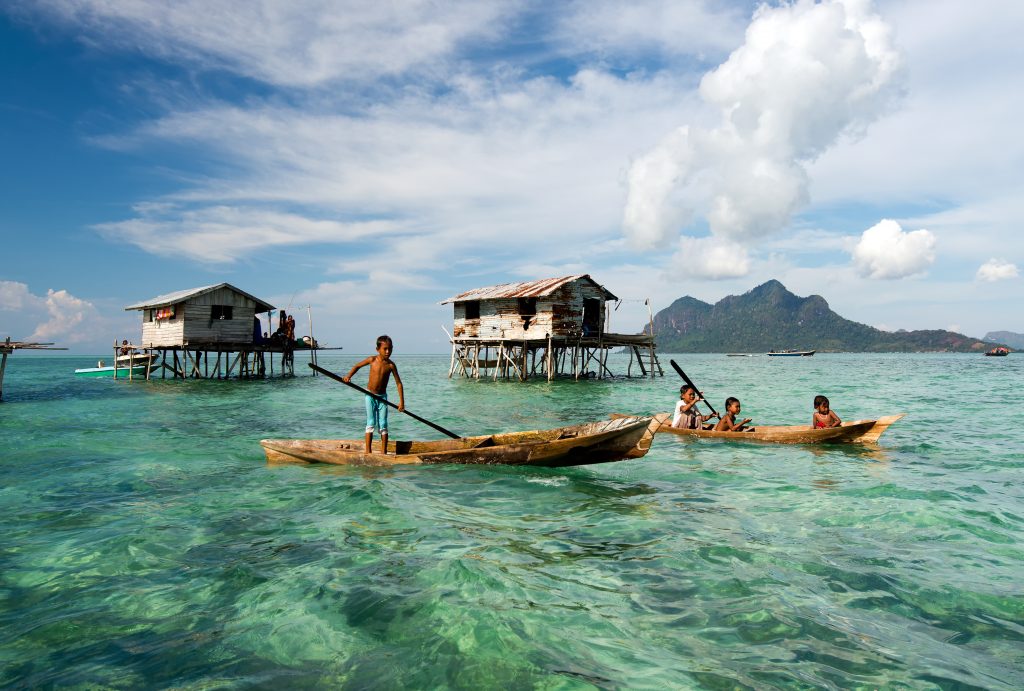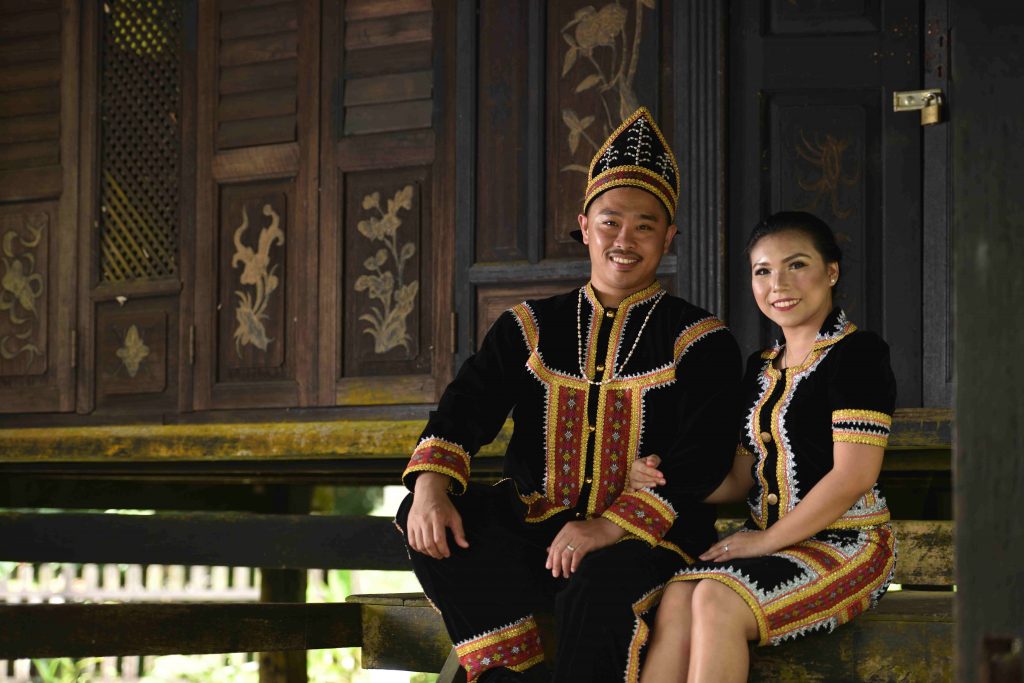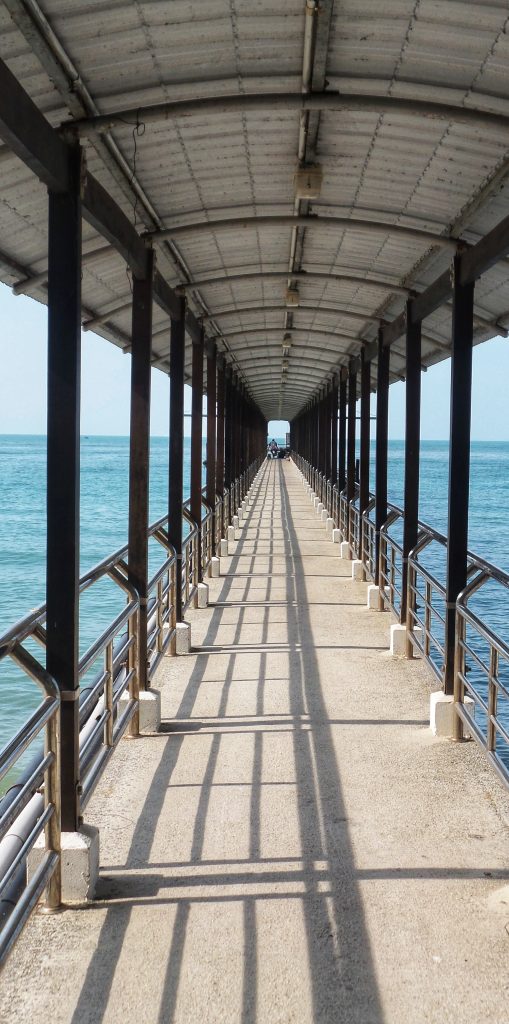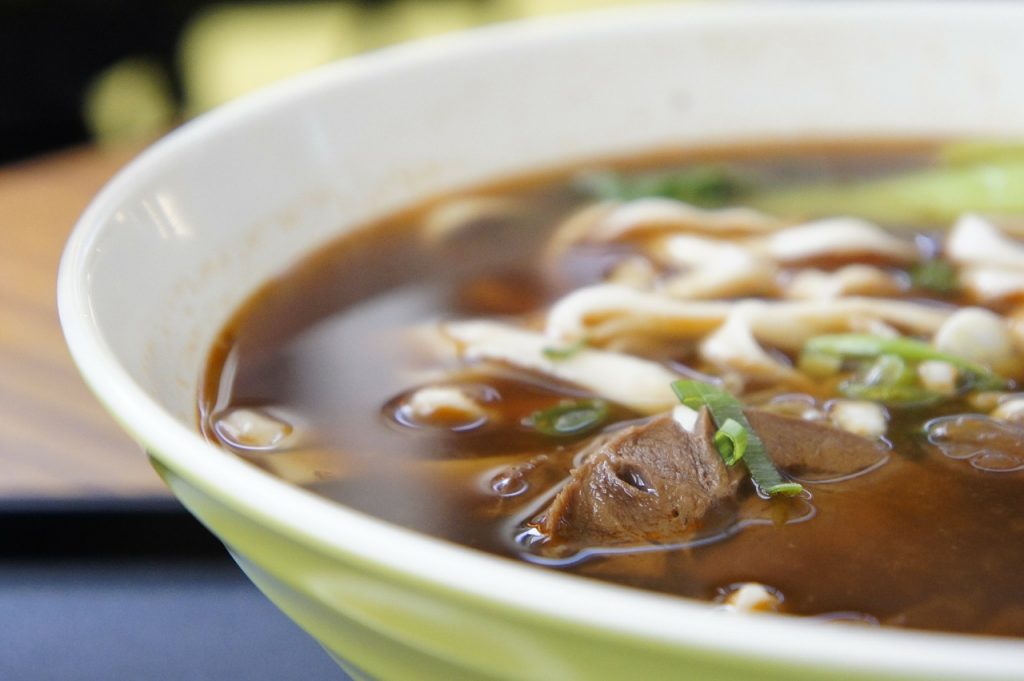HISTORY

Atkinson Clock Tower, the oldest standing structure in Kota Kinabalu.
Kota Kinabalu’s modern origins dates from the period in Borneo history in the 1880s when the British North Borneo Chartered Company (BNBCC) was formed to take advantage of the political instability arising from the decline of the Brunei sultanate and the opening of trade prospects for western enterprise.
The company started to develop the area economically and to build the infrastructure while at the same time extending its control over territory. By 1886 the whole of North Borneo was made a British protectorate and its administration was placed in the hands of the company, with a Governor reporting to the company’s Court of Directors.
In 1899 the company built a trading post in Api Api due to its proximity to the North Borneo Railway and its natural port. The new administrative centre was renamed Jesselton after Sir Charles Jessel, the Vice-Chairman of BNBCC. Early accounts are of a modest settlement but over time the town became a major trading post for North Borneo dealing with the marine, forestry and agricultural products of the coast and hinterland.
In 1942, North Borneo was invaded by the Japanese, marking the beginning of a period of suffering, torture and brutality. Amongst the local population, the phrase ‘Ukim jipun’ (Japanese Justice) became synonymous with punishment out of all proportion to the offence. The war in North Borneo ended with the official surrender of the Japanese on 10 September 1945, after massive bombardments undertaken by the Allied Forces. Jesselton was completely devastated, with only three buildings left standing.
On 10 September 1945, the war in North Borneo ended with the official surrender of the Japanese, after massive bombardments undertaken by the Allied Forces. Jesselton was completely devastated, with only three buildings left standing. After the Japanese surrender, North Borneo was administered by the British Military Administration and in 1946 it became a British Crown Colony.
The same year Jesselton was chosen to replace Sandakan as the capital of North Borneo. In 1963 Malaysia gained its independence and North Borneo was renamed Sabah. Four years later Jesselton was renamed Kota Kinabalu.
Today, Kota Kinabalu is one of the major industrial and commercial centres of East Malaysia and among the fastest growing cities in Malaysia. Its chequered history however is still evident in street names and places reflecting the past, such as Api Api Centre, Jesselton Point or Atkinson Clock Tower.
The new name is derived from Mount Kinabalu, situated about 50 kilometres from the city. Kinabalu is derived from the name Aki Nabalu meaning the “revered place of the dead.” Aki means “ancestors” or “grandfather”, and Nabalu is a name for the mountain in the Dusun language.
Kota is the Malay word for a “fort”, “town”, or a “city”. Hence, a direct translation of the name Kota Kinabalu into English would be “City of Kinabalu” or “Kinabalu City”. Besides Jesselton, there are also other older names for Kota Kinabalu. The most popular is Api-Api, or simply Api, which is a Malay word meaning ‘Fire’.
Wendy Law Suart wrote in her book on North Borneo, The Lingering Eye, there is in the Sabah State Museum a Dutch map of Borneo and the Celebes dated 1657 in which the settlement where Jesselton was to stand is clearly labelled Api Api. It may have some connection with the seaside tree with breathing roots that bears the same name”.
Another suggested historical name is Deasoka, which roughly means “below the coconut tree” in the Bajau language. The Bajau locals purportedly used this name to refer to a village in the southern part of the city which was filled with coconut trees. Yet another name was Singgah Mata which literally means “transit eye”, but can be loosely translated as “pleasing to the eye”.
It is a name said to have been given by fishermen from Gaya Island referring to the strip of land that is today’s downtown Kota Kinabalu. Today, all these names have been remembered as names of streets or buildings around the city. Some examples are Lintasan Deasoka, Api-Api Centre and Singgah Mata Street.


















